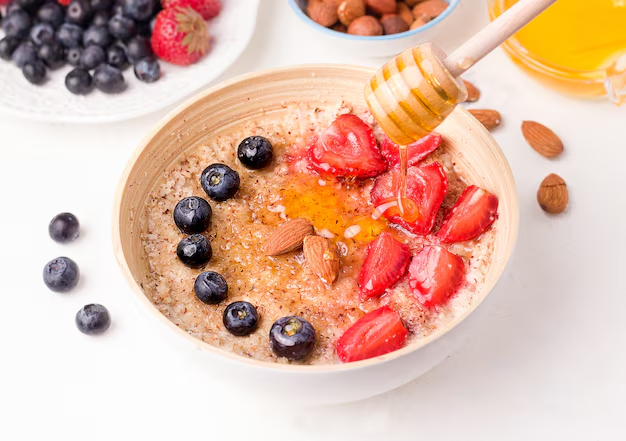Discover the Best Cereals for Diabetics and Financial Tips for Health Support
Navigating the grocery aisle can be daunting when managing diabetes, especially with a plethora of cereal options vying for your attention. The goal is to select a cereal that will maintain your blood sugar levels within a healthy range while also fitting your taste preferences. But how do you accomplish this? Here’s your guide to the best cereals suitable for diabetics, and how you can explore financial resources to support your health journey.
Choosing the Right Cereal for Diabetics
Focus on Fiber: The higher the fiber content, the better it is for controlling blood glucose levels. Look for cereals with at least 5 grams of fiber per serving. Good options include bran flakes, oatmeal, and whole-grain cereals.
Mind the Sugar: Select cereals with low added sugar content. A good rule of thumb is sticking to cereals with fewer than 5 grams of sugar per serving. Look for labels that highlight “no added sugars.”
Look for Low Glycemic Index (GI): A low-GI cereal, like steel-cut oats or muesli, is digested slower, leading to a more gradual rise in blood sugar levels.
Check the Ingredients: Seek out cereals where whole grains are the first ingredient. Avoid those with high-fructose corn syrup, artificial colors, or sweeteners.
Personalize It: Add nuts or seeds to your cereal for an extra fiber and protein boost that can keep blood sugar spikes in check. Fresh berries also add sweetness without a high sugar content.
Financial Resources for Managing Diabetes
While managing diabetes effectively is crucial, understanding the financial support available can also make life a lot easier. Here are some key resources and strategies to consider:
Government and Health Programs
Medicare and Medicaid: 🏥 Programs like Medicare and Medicaid offer coverage and help with the cost of diabetes care and supplies. Eligibility depends on several factors, including income and assets.
Affordable Care Act (ACA): Ensures that many insurance plans cover essential health benefits, including diabetes care, without lifetime or annual limits.
Financial Assistance and Debt Relief Options
Nonprofit Organizations: 🤝 Some organizations, such as the American Diabetes Association, provide financial support for those in need of diabetic care and supplies.
Patient Assistance Programs: Many pharmaceutical companies offer assistance programs to help reduce the cost of diabetes medications.
Educational Resources and Grants
Diabetes Education Programs: 📚 These programs, often covered by insurance plans, teach you about managing the disease, including diet and exercise, significantly impacting your quality of life and expenses.
Scholarships for Medical Expenses: Some organizations offer scholarships and grants to cover the costs associated with diabetes management for students or families.
Making the Most of Available Resources
Managing diabetes both nutritionally and financially can be challenging, but with the right cereal choices and assistance programs, it becomes manageable. It’s essential not only to focus on what you consume daily but also to leverage the resources available for financial support. The combination of these strategies can lead to much more sustainable diabetes management, ensuring that you maintain your health without unnecessary strain. Always consult with a healthcare professional to tailor your nutritional plan to your individual needs.
Here's a quick reference to helpful programs and resources:
- 🏥 Medicaid & Medicare: Coverage for diabetes care and supplies.
- 🤝 Nonprofit Assistance: Financial support from organizations like the American Diabetes Association.
- 📚 Educational Programs: Diabetes education covered by insurance to improve management skills.
- 💊 Patient Programs: Reduced medication costs through pharmaceutical companies.
- 🎓 Scholarships/Grants: Financial aid for medical expenses for students and families.
